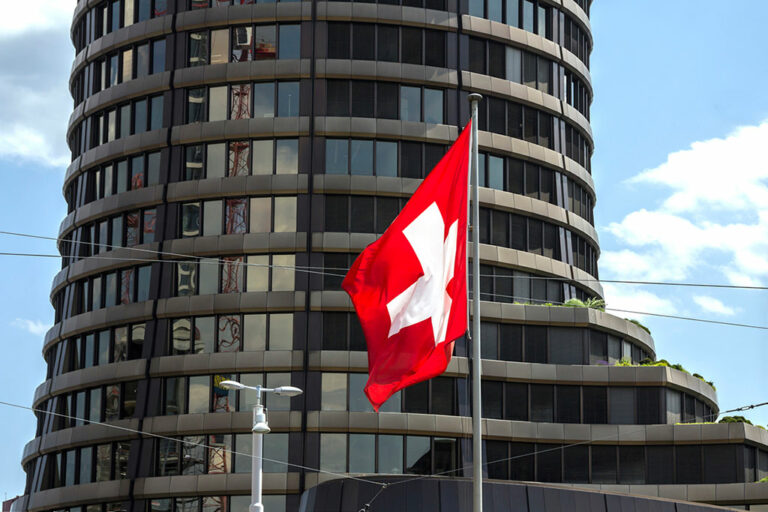The new rules require banks to provide detailed disclosures about their crypto activities and meet stringent liquidity standards.
The Bank for International Settlements (BIS) has introduced new regulations that could significantly impact stablecoins like Tether’s USDT and Circle’s USDC, which operate on public blockchains.
On July 17, the Basel Committee on Banking Supervision released a report outlining new rules for banks’ exposure to crypto-assets.
Stricter Criteria for Stablecoins
The new rules require banks to provide detailed disclosures about their crypto activities and meet stringent liquidity standards. This move tightens the criteria for stablecoins to qualify for favorable “Group 1b” regulatory treatment, resulting in stricter controls on USDT and USDC.
These changes are part of a broader effort to increase transparency and stability in the cryptocurrency market. Banks will need to meet higher standards for liquidity and risk management when dealing with these assets, starting January 1, 2026.
Industry Reactions
The new regulations have sparked significant debate within the crypto community. Caitlin Long, CEO of Custodia Bank, criticized the BIS for favoring permissioned stablecoins over those on public blockchains. She suggested that the United States might choose not to follow these new guidelines, highlighting the potential for regulatory differences. Long emphasized the importance of public blockchains and expressed concern over the exclusion of stablecoins like USDC from favorable regulatory treatment.
In contrast, at a recent event hosted by Coinbase, BlackRock’s Head of Digital Assets preferred public blockchains over private ones. However, the BIS’s guidance encourages banks to use permissioned stablecoins like JPMorgan’s JPMCoin. This suggests a regulatory preference for stablecoins issued on controlled, private networks.
Market Implications
The new guidelines could limit the use of widely adopted stablecoins like USDT and USDC, which are essential for liquidity and trading in the crypto ecosystem. The focus on permissioned stablecoins may push banks and regulators to favor controlled digital assets, potentially stifling innovation in the public blockchain space.
The exclusion of stablecoins on permissionless networks demonstrates the growing divide between different types of digital assets. Amidst these developments, ongoing debate among experts continues to shape perspectives on the future of stablecoins and their regulatory landscape.
The Hong Kong Perspective
The Hong Kong Monetary Authority (HKMA) recently released their final consultation papers on a stablecoin licensing regime. This aims to create a regulatory framework that ensures stability and security while fostering innovation. The HKMA plans to present a bill to the Legislative Council later this year, focusing on stablecoins that operate on decentralized ledgers without unilateral control. This approach contrasts with the BIS’s guidelines, which favor permissioned stablecoins.
Hong Kong’s regulatory push is part of its broader strategy to become a leading crypto hub, aligning with Europe’s MiCA stablecoin regime and ongoing legislative efforts in the United States. The HKMA’s consultation received positive feedback from industry stakeholders, indicating strong interest and engagement.
next